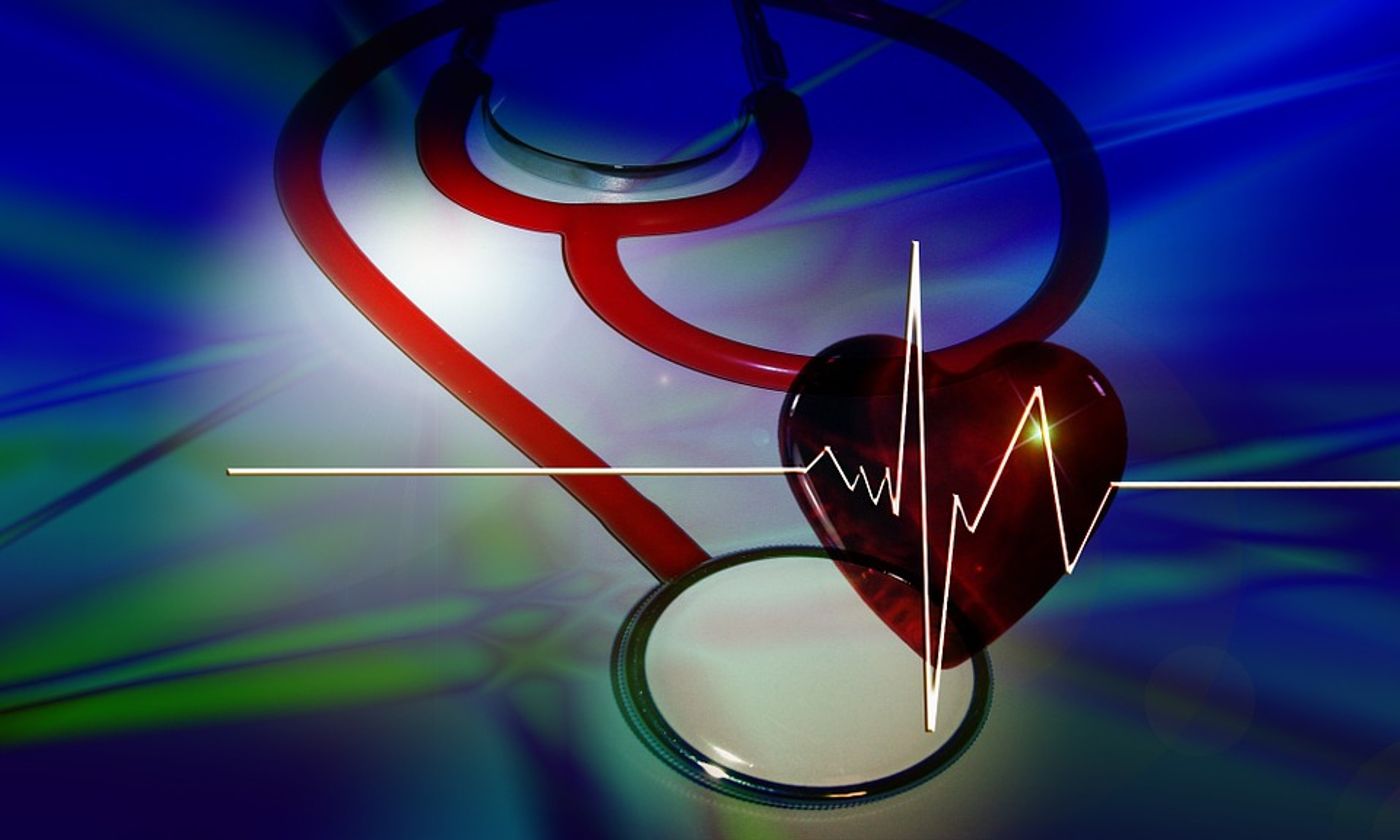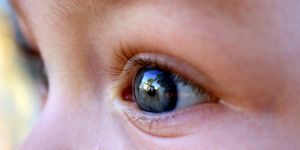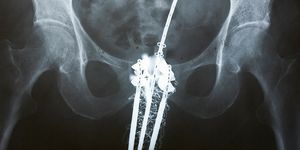Gene Overexpression Saves the Day After a Heart Attack
Following a heart attack, cells of the heart muscle tissue are in danger of damage and death, because the tissue is left without access to oxygen. The more cells that die, the higher the risk of the heart attack survivor developing heart failure later in life. In 2013, cardiovascular disease was responsible for about 17.3 million deaths.
From the University of Alabama at Birmingham, scientists provide some good news in sea full of stories that are largely gloomy. To improve a struggling approach to treating a heart attack - transplanting living heart muscle cells into a damaged heart - researchers now show that overexpression of a gene called CCND2 (cyclin D2) boosts growth and replication of transplanted cells.
Overexpression of CCND2 works to the heart’s advantage by activating the cell cycle in each of the cells transplanted into a person who has just had a heart attack, essentially creating a “repair patch.” Without repair, a post-heart attack heart is likely to develop heart failure and ultimately lead to death, all due to cell damage. To put it simply, cells dying after a heart attack aren’t replaced with new, functioning heart cells; instead, scar tissue cells take their place. Without enough manpower from the heart muscle tissue, the heart can no longer effectively pump blood to the body, which leads to heart failure.
In their study published in the journal Circulation Research, UAB scientists studied the specific effects of CCND2 overexpression in mice models of heart attack. They used cardiomyocytes derived from human induced pluripotent stem cells (hiPSC-CMs) as the transplanted cells, so they could illustrate as closely as possible an effect that would, in theory, also occur in humans.
By kicking the cell cycle into overdrive, overexpression of CCND2 provided a variety of beneficial effects following a heart attack, compared to mice who did not experience overexpression of the gene:
-
Improved heart function
-
Larger “repair patch” of hiPSC-CMs
-
Smaller areas of dead tissue
-
Increased levels of new blood vessel formation, a process called angiogenesis
Together, these effects represent virtually all of the qualities desired to maximize recovery following a heart attack and to minimize the risk of future heart disease. Going forward, this research team hopes to someday translate their findings into a clinical treatment for human heart attack patients.
Sources: University of Alabama at Birmingham, American Heart Association, National Center for Biotechnology Information









